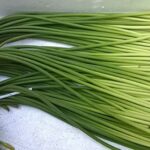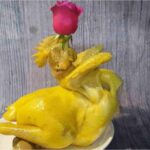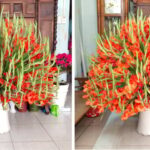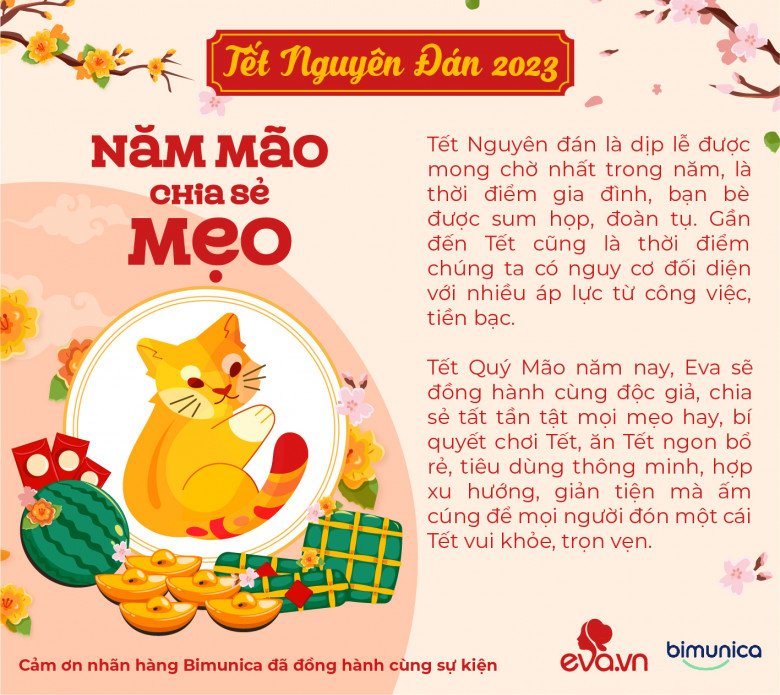
Giò lụa and chả are traditional dishes that are indispensable during the Tet holiday. Although these dishes are available all year round, they hold a special place on the festive table during Tet.
While giò lụa and chả are sold in many places, not all of them offer delicious, reputable, and high-quality products. Some sellers add excessive amounts of flour and borax to the meat, affecting the taste and potentially causing health issues. To avoid purchasing low-quality giò lụa and chả, consider the following tips:
1. Choosing Delicious Giò Lụa for Tet
– Observation
According to traditional giò lụa makers, a delicious giò lụa will have a slightly pinkish white color when cut. Contrary to popular belief, the surface of the cut giò lụa should not be perfectly flat. Instead, it should have small holes caused by the air trapped inside the meat during the grinding and wrapping process. These holes indicate that the giò lụa is made from high-quality lean meat.
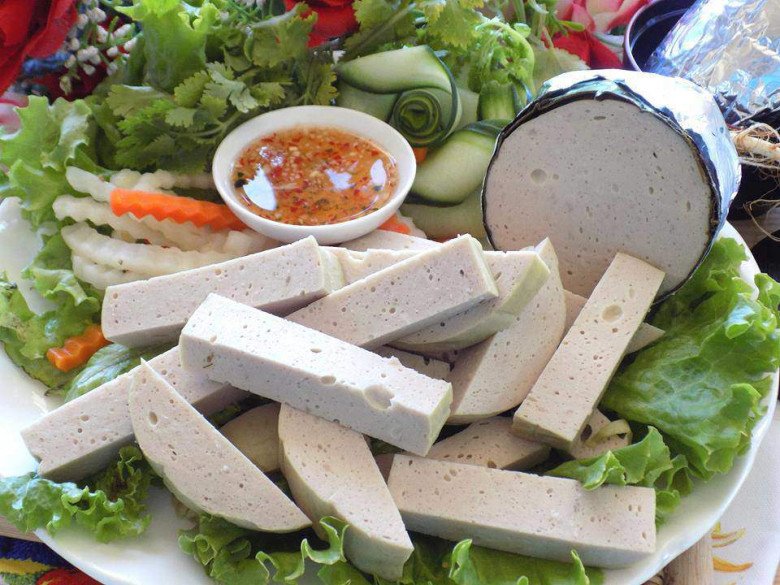
If the giò lụa has a flat surface without any holes, it likely contains excessive amounts of flour and is made from low-quality meat.
Additionally, when cutting the giò lụa, pay attention to the knife. If the knife sticks to the meat and is difficult to glide through, it indicates a delicious giò lụa. The meat should also appear slightly moist and smooth.
– Smell the Giò Lụa
Usually, a delicious giò lụa will have a subtle and pleasant aroma. If the giò lụa has a strong and overwhelming smell, it may be due to the addition of artificial meat flavor enhancers.
Moreover, avoid purchasing giò lụa with an unpleasant odor, dry and discolored banana leaves, or signs of mold and fungus.
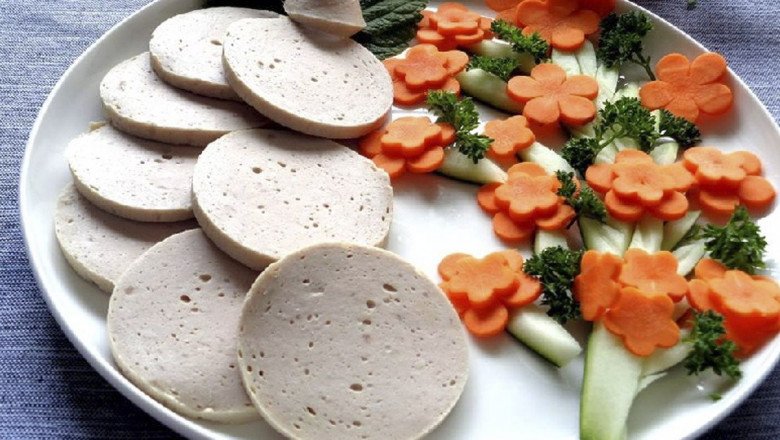
– Taste the Giò Lụa
It is best to taste the giò lụa before purchasing to get a clear idea of its quality. A delicious giò lụa will have a slightly sweet and chewy texture, with a soft yet firm bite. It should not feel dry or crumbly, nor should it be too mushy.
If the giò lụa tastes bland, lacks holes on the surface, or has an overly smooth texture, it indicates the presence of excessive flour.
On the other hand, if the giò lụa is abnormally chewy and crisp, it likely contains borax, which is used to enhance the texture.
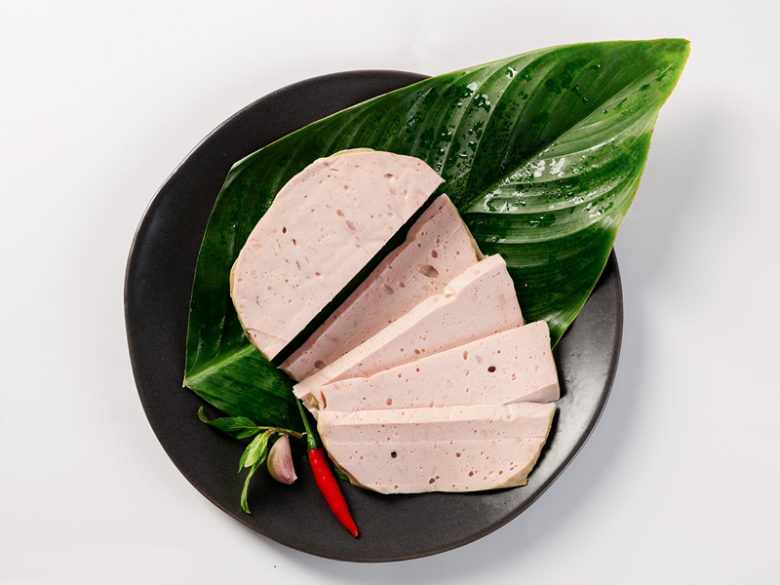
2. Choosing Delicious Chả for Tet
Similar to giò lụa, when buying chả for Tet, you should follow similar observation, smell, and taste guidelines.
– Observe the Chả
Delicious chả will have a natural golden-brown color on the outer layer, with a slightly rough texture. The inside will be soft, smooth, and full of tiny holes.
When you touch the chả, it should feel slightly soft and moist, with a greasy feeling on your hands due to the higher fat content compared to giò lụa.
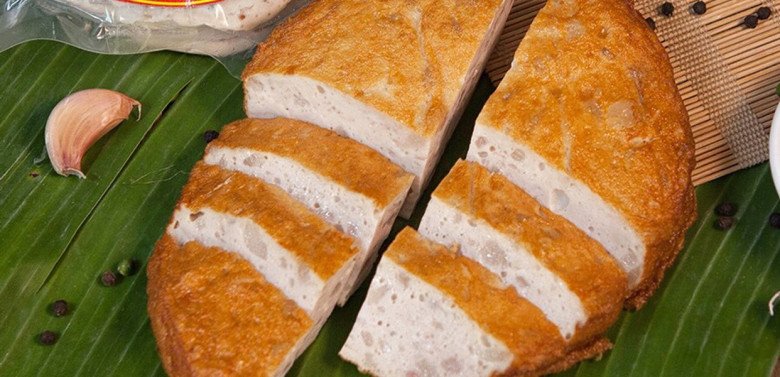
– Smell the Chả
When purchasing chả, pay attention to its aroma. Delicious chả will have a subtle, slightly fatty smell. If the chả has an overwhelming smell or an abnormally chewy and crisp texture, it may contain borax.
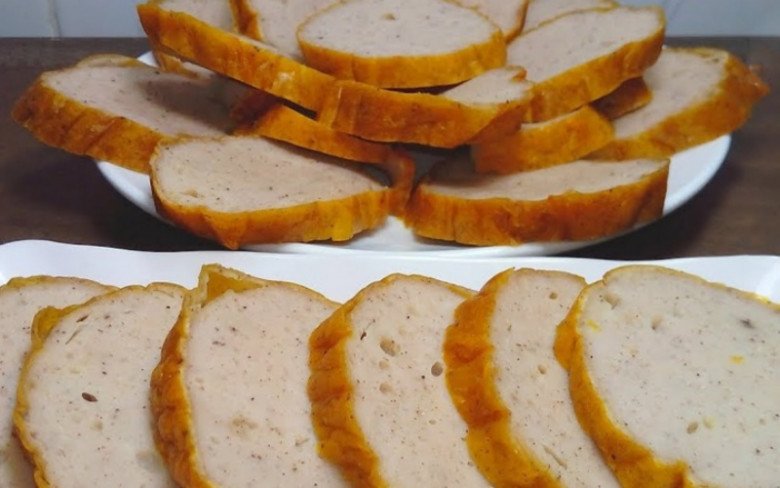
– Taste the Chả
Delicious chả will not crumble or be too dry. It should have a slightly fatty taste and a smooth texture, with tiny holes on the surface. If the chả is too crumbly and lacks the characteristic fatty taste, it indicates the presence of added flour.
Additionally, it is recommended to purchase giò lụa and chả from reputable sources to ensure their quality and safety.

























